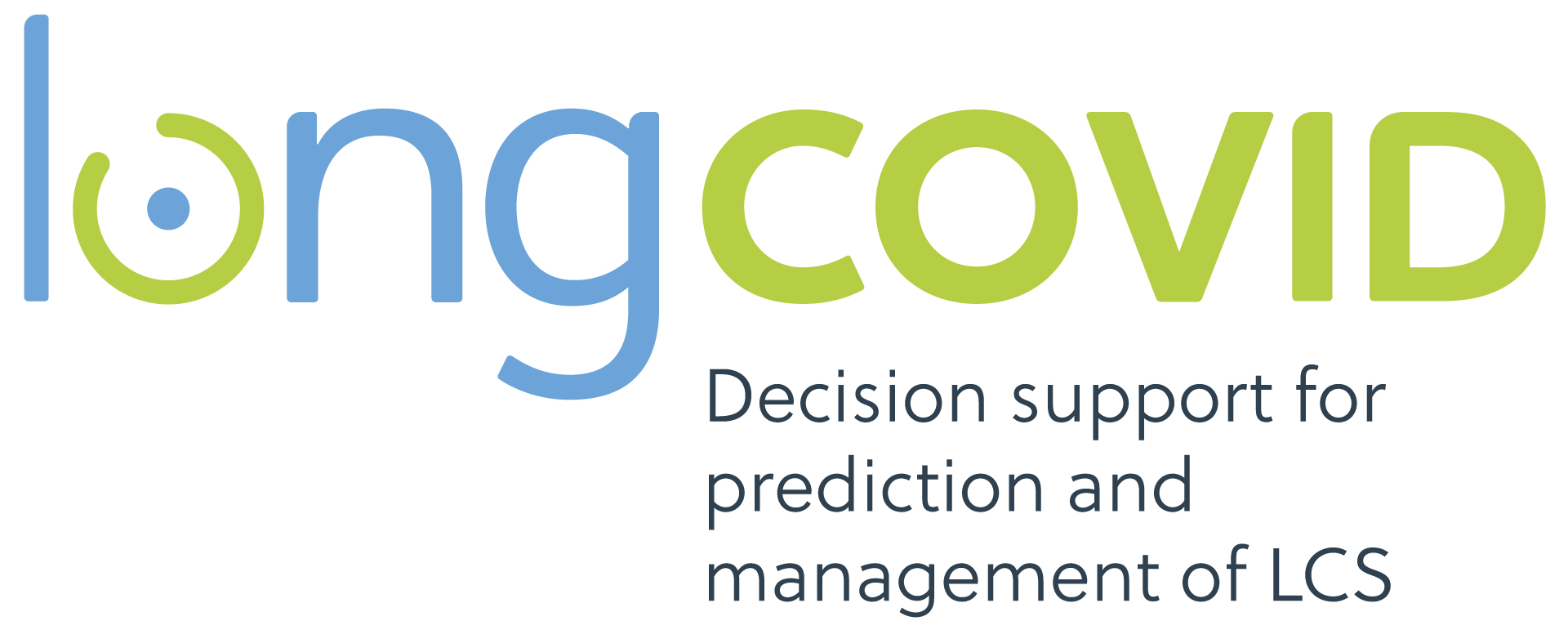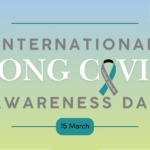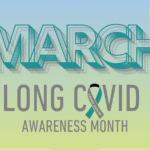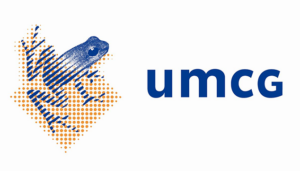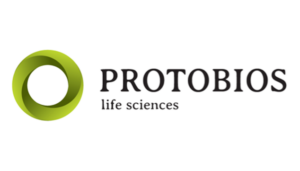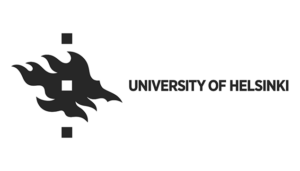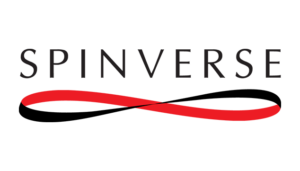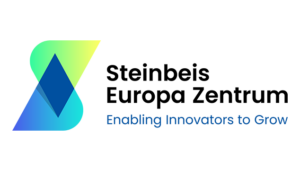What’s new in the project?
The WP2 “Mechanistic and pathogenetic studies”, led by the University of Helsinki, has discovered the main mechanism of SARS-CoV-2 neuronal infection, founding that even if brain cells express very low levels of the viral receptor, a cellular protein called ACE2 that is very abundant in the respiratory tissues, SARS-CoV-2 can infect and multiply in human neurons.
The first related study shows that the virus first binds to the ACE2 receptor on the surface of neurons, and after being ‘swallowed’ by the cell, the viral particles are transported into the digestive organelles called lysosomes. The lysosomes are full of digestive enzymes. Thanks to these enzymes and their action the virus is able to escape from the lysosomes and enter the cell environment where the multiplication and assembly of new progeny virions occurs. By inhibiting pharmacologically, the transport of viral particles from the surface of the cell into the digestive lysosomes, the authors of the study were able to efficiently prevent neuronal infection.
The findings of this study have recently been published in the Journal of virology.
Number partners / Countries / Years / Budget
12+2
Project Partners
6
Countries
6
Cohorts
48
Month
7
Million
Partners
